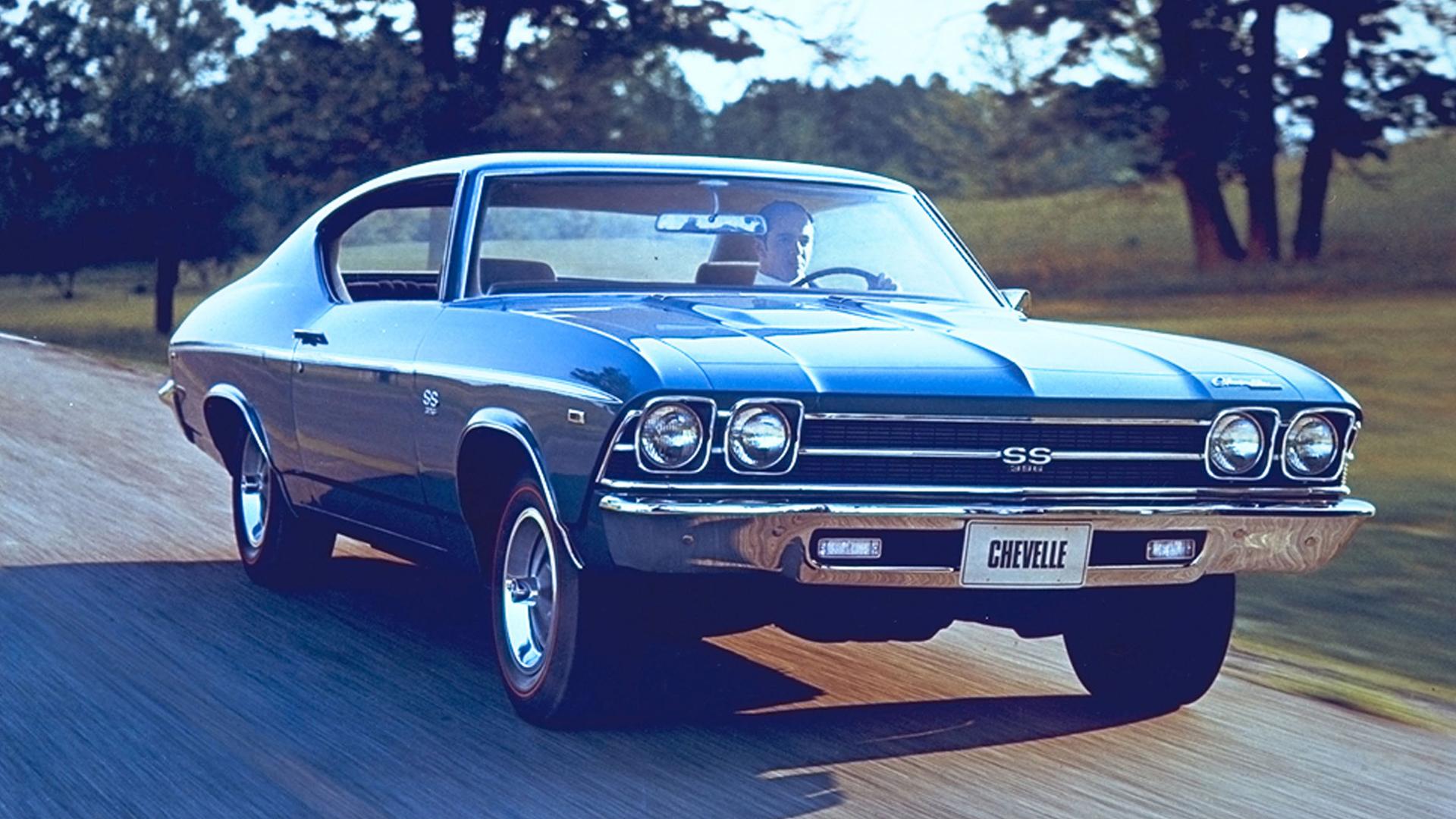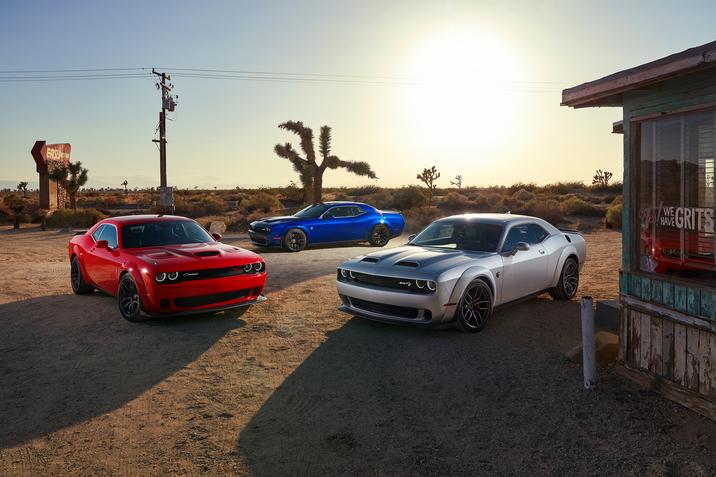
The '90s were a great period for cars. Collectors of '90s vehicles are finding plenty to collect. This article will showcase some of the hottest cars currently on the market, including the Ford Escort RS Cosworth and the Toyota Supra. We'll also discuss the Ford F-150 SVT Lightning (and the Honda NSX). These cars will inspire you to drive, regardless of the price.
Ford Escort RS Cosworth
Ford Escort RS Cosworth (WRC homologation) is a very rare special. It was created in the mid to end of the 1990s with the intent of showing Subaru what they are missing in World Rally Championship. Although the original Escort RS Cosworth had 210bhp at $186,000, some enthusiasts restored it to run again.
The Escort RS Cosworth was originally developed for rallying and was also sold in road-going form. The Escort RS Cosworth's performance was unparalleled, despite its high price tag. The car was so powerful that insurance premiums were exorbitant. This car was notorious for turbo lag and it was extremely expensive. However, the car was highly sought after with over 7,000 units sold. This makes it a highly sought-after collector's piece.

Toyota Supra
The Toyota Supra's design underwent significant changes in the 1990s. Its interior was updated to incorporate new colors, including dark and shadow grays, and the steering wheels were redesigned. The dash received a new look, with 6.5-inch speakers and a larger center speaker cover. The steering wheel received an airbag that took up the entire center. The original three-spoke steering wheels were replaced with a four-spoke model that uses the Supra script.
The Toyota Supra had many features that distinguish it from its modern rivals, including the aerodynamic design. The fourth-generation Supra featured a completely new body style. The old pop-up headlamps had been replaced with LED units. The rear wings were made optional. This feature was a signature of the Supra. The Supra's modern version was far more powerful than its predecessor. Its turbocharged engine still produces more power than its predecessors.
Honda NSX
The Honda NSX remained largely unchanged for over a decade. The 2001 model received a few cosmetic changes, including a new body kit with fixed xenon headlights. The suspension was also modified, as well as larger wheels and tires. The car was also available in a variety of colors, and owners could choose a matching interior color. However, the NSX did not live up to its hype.
Honda NSX was prone to oversteer during cornering maneuvers and at high speeds due to its mid-engine configuration. Honda introduced Type R and Type S, which were specifically designed for track driving, to remedy this issue. These cars were more powerful than their predecessors and heavier. There was also a Zero version of the Type R and Type S, but it did not come with a navigation system, AC or stereo.

Ford F-150 SVT Lightning
The Ford F-150 SVT Lightning, a luxury pickup truck made on the second-generation body design in the 1990s, was called the Ford F-150 SVT Lightning. It came standard with a naturally aspirated engine of 5.4-liters and an Eaton Supercharger. The engine was capable of producing 360 horsepower and 440 pounds-feet of torque. It was also backed by an automatic 4R100 transmission. Lightnings of the first generation were not available in a factory-equipped configuration, but could be ordered as an option. The second-generation model also included a tubular lower grille, coil springs in the front, a leaf-spring package in the rear, and 31-mm anti-roll bars.
The first-generation truck used twin beam coil springs on the front and leafsprings at its rear. There was an option for Monroe Formula GP shocks and a stabilizer at the front and back. The lowered truck had a ground clearance of one inch up front and 2.5 inches in the back. It was an excellent truck for people looking for speed and power in small trucks.
FAQ
How long does it take to become a good mechanic?
To become a skilled mechanic, you need years of experience and practice. A professional mechanic will teach you how to fix cars.
You will have to spend time in a garage learning about cars and mechanics. You will need to read books on mechanical engineering and car design.
Additionally, you will need to attend an auto school.
It's important to start early. Do not wait to learn automotive technology. Start studying automotive technology now to become a mechanic.
Is it hard to get work as an auto mechanic?
It is possible. Many garages list their vacancies online. Many people simply apply for the fun of it. If you want to get your foot in the door, you should try applying for a few places and see if they accept student applications. Alternatively, you could ask friends and family if they know anyone who works in the industry. You might be able to refer someone.
What kind of car mechanic jobs exists?
There are three main areas of employment for car mechanics:
-
Automotive repair shops
-
Dealerships
-
Independent garages
Automotive repair shops
This is the place most people begin to consider becoming mechanics. This is the best way to get started. Either work for someone else's shop or you can start your own.
If you plan to work in a shop, you must apply to join the union. Once you're accepted into the union, you'll receive training from the union.
You'll be ready for work once you have completed the training.
You will need to register if your garage is going to be open. After registering, you'll be required to meet certain standards.
You will receive a license to run your garage once you have registered.
You can sell spare parts or do minor repairs with your license. You can't fix major engine problems with your license.
In addition to selling spare parts, you'll also be expected to offer advice and guidance to customers.
Dealership jobs
Most dealerships only employ mechanics who have a specific skill set. They might specialize in one area, such as brakes and tires.
Some dealerships have the option to hire general mechanics who can take care of all aspects.
Many of these positions require that applicants undergo training before they are allowed to work. Employers are able to choose which candidates will best suit their position.
Some dealerships recruit students right out of school. These graduates already know the basics of mechanical engineering and therefore have no problem learning about cars.
Independent garages
Independent garages are not associated with any one dealership. They are more focused on providing top-quality service.
Because independent garages aren't affiliated with any company, they can afford to pay higher wages. This means that these jobs are usually more lucrative than those at dealerships.
However, independent garages do not necessarily offer better workplaces. Many business owners prefer to manage their own businesses rather than delegating responsibility to others.
This could lead to you working long hours with little control over your day.
You should also expect to earn lower wages than if you were employed at a dealership.
The good news is that you can easily switch between different kinds of jobs. To work at a dealership you will need to contact your employer to see if he is open to the idea of hiring you.
Or, if your dream is to work for an independent garage you can contact the owner directly.
Unfortunately, finding a new job can be difficult. There are many other factors that can influence your earnings.
Consider, for example, what type of vehicle you are repairing and whether additional labor charges will apply.
What length of an automotive course is it?
An automotive course is three years long.
The first year of your training is devoted to theory. You will learn all about cars. Practical training is the second year. You will learn to drive, fix engines and perform other tasks around the car. The last year is spent at a local shop, where you will get practical experience with real-world problems.
What should I know about car mechanics
To be an auto mechanic, you don't have to know much about cars. It's enough to know how to fix things. Most people begin by changing brake pads and tires, before moving on to more complicated repairs.
You'll need the ability to read and understand diagrams and to follow simple rules of good practise. You will also need to understand how parts should be replaced or repaired.
It's important to remember that you shouldn't attempt to repair vehicles without having received proper training and guidance. This is especially true when you are dealing with costly components like engines and transmissions.
Although you won't be required to know much about cars you should have a solid understanding of the fundamentals and principles of mechanical engineering. This involves understanding how engines work and how brakes work.
It is important to realize that you must be ready for all types of situations. One example is when you could be working on a vehicle involved in a serious crash. Additionally, you will need to have experience with handling accidents and breakdowns.
It is important to be open to learning new skills quickly. As well as being able to diagnose problems, you'll need to be able to perform simple maintenance tasks such as tightening nuts and bolts.
Statistics
- 52% of Mechanics in the United States think their salaries are enough for the cost of living in their area. (indeed.com)
- According to the BLS, the median annual salary for automotive service technicians and mechanics in the United States was $44,050 in May 2020. (uti.edu)
- There were 749,900 jobs available for automotive service technicians and mechanics in 2016, which is expected to grow by six percent through 2026. (jobhero.com)
External Links
How To
How to obtain a mechanic certificate
The mechanic's certificates are intended for professionals who wish to become automotive technicians. These certifications provide an overview of all aspects of auto repair including engine diagnostics and electrical systems, brakes. steering. fuel injection. air conditioning. heating. exhaust. diagnostic tools. body repairs. collision damage repair. collision repair. paintless dent removal. motor vehicle emissions testing.
The program includes 12 hours of classroom instruction as well as three months of training on the job at a participating dealer. Students must complete a minimum of 60 clock hours of classroom study per semester and pass a written exam, including theory and practical questions. After completing the coursework students are eligible to take the National Institute for Automotive Service Excellence state examination (ASE). Automotive service technicians must be certified by ASE.